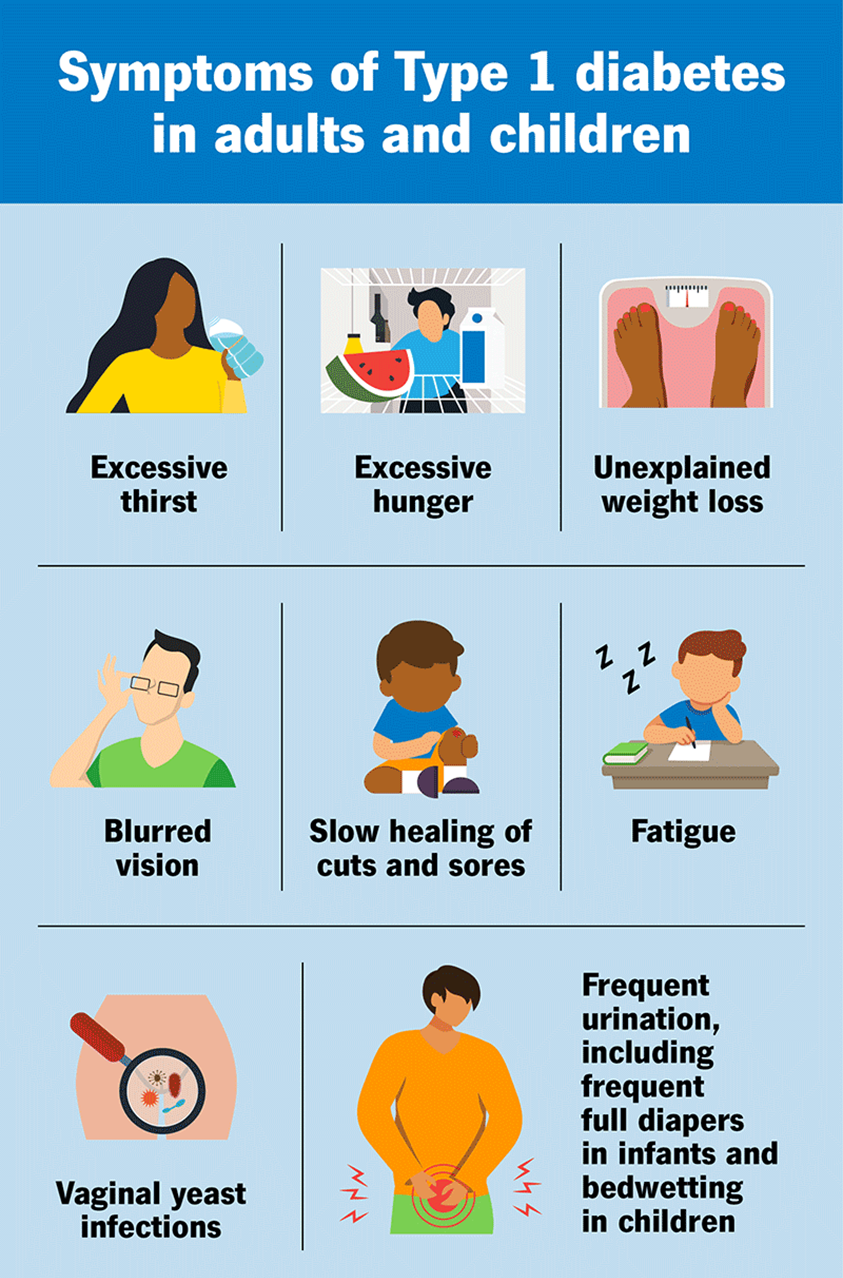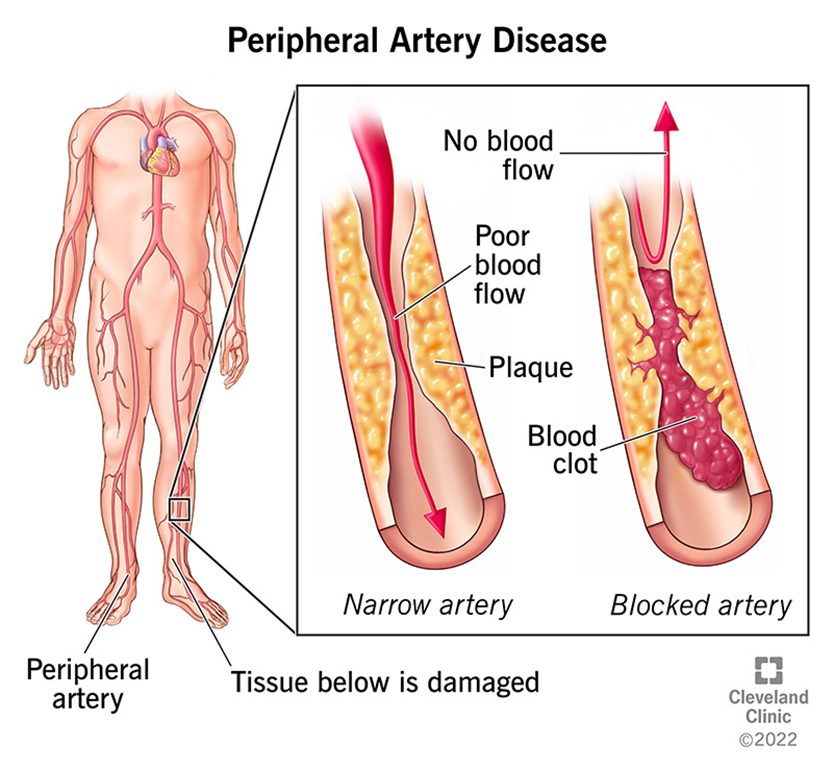A nurse is teaching a client who is newly diagnosed with type 1 diabetes mellitus about insulin safety. Which of the following statements by the nurse is appropriate?
Insulin is stable at room temperature for one month.
Insulins can be mixed in the same syringe.
Storing insulin in the freezer will prolong its stability.
Clients with type 1 diabetes mellitus should keep backup medication and supplies in their car.
The Correct Answer is A
Choice A Reason:
Insulin is stable at room temperature (between 59°F and 86°F) for up to one month. This is important for patients to know, especially if they do not have immediate access to refrigeration. However, it is crucial to avoid exposing insulin to extreme temperatures, such as direct sunlight or freezing conditions, as these can degrade the medication’s effectiveness.

Choice B Reason:
While some types of insulin can be mixed in the same syringe, this practice is not universally applicable to all insulin types. For example, rapid-acting and intermediate-acting insulins can sometimes be mixed, but long-acting insulins should not be mixed with other insulins. Therefore, this statement is not entirely accurate and should be clarified based on the specific types of insulin being used.
Choice C Reason:
Storing insulin in the freezer is not recommended as freezing can damage the insulin, rendering it ineffective. Insulin should be stored in a refrigerator at temperatures between 36°F and 46°F. If insulin is accidentally frozen, it should not be used.
Choice D Reason:
While it is advisable for clients with type 1 diabetes to have backup medication and supplies, storing them in a car is not recommended due to the potential for extreme temperature fluctuations. Insulin and other diabetes supplies should be kept in a stable, controlled environment to ensure their efficacy.
Nursing Test Bank
Naxlex Comprehensive Predictor Exams
Related Questions
Correct Answer is ["B","D","E","F"]
Explanation
Choice A reason: Acetone Breath
Acetone breath is typically associated with diabetic ketoacidosis (DKA), not hyperosmolar hyperglycemic syndrome (HHS). In DKA, the body produces high levels of ketones, leading to a fruity or acetone-like breath odor. HHS, on the other hand, does not usually involve significant ketone production, so acetone breath is not a characteristic feature of HHS.
Choice B reason: Fever
Fever can be a clinical manifestation of HHS, often indicating an underlying infection, which is a common precipitating factor for HHS. Infections can exacerbate hyperglycemia and contribute to the development of HHS, making fever a relevant symptom to consider.
Choice C reason: 68 Years of Age
While age itself is not a clinical manifestation, HHS predominantly affects older adults, particularly those with type 2 diabetes. Therefore, being 68 years old is consistent with the typical demographic affected by HHS, but it is not a direct clinical manifestation.
Choice D reason: Serum Glucose 800 mg/dL
A serum glucose level of 800 mg/dL is significantly elevated and is a hallmark of HHS2. Normal serum glucose levels range from 74 to 106 mg/dL. Such high levels of glucose are indicative of severe hyperglycemia, which is a defining characteristic of HHS.
Choice E reason: Serum Bicarbonate 15 mEq/L
A serum bicarbonate level of 15 mEq/L is below the normal range of 21 to 28 mEq/L. This indicates metabolic acidosis, which can occur in HHS due to severe dehydration and impaired renal function. Although metabolic acidosis is more pronounced in DKA, it can still be present in HHS.
Choice F reason: Insidious Onset
HHS typically has an insidious onset, developing slowly over days to weeks. This gradual progression contrasts with the rapid onset of DKA and is a key feature in the clinical presentation of HHS.
Correct Answer is A
Explanation
Choice A Reason:
Swollen and enlarged veins, also known as varicose veins, are a common manifestation of peripheral venous disease (PVD). This condition occurs when the valves in the veins become weak or damaged, leading to blood pooling and increased pressure within the veins. This results in the veins becoming enlarged, twisted, and visible under the skin1. Varicose veins can cause discomfort, pain, and a heavy feeling in the legs. They are often exacerbated by prolonged standing or sitting and can be a cosmetic concern as well.

Choice B Reason:
Loss of pigmentation over the shin area is not typically associated with peripheral venous disease. This symptom is more commonly seen in conditions such as chronic venous insufficiency (CVI), where prolonged venous hypertension leads to skin changes, including hyperpigmentation and lipodermatosclerosis. However, it is not a primary manifestation of PVD itself.
Choice C Reason:
A shiny appearance to the lower extremities is more commonly associated with peripheral arterial disease (PAD) rather than peripheral venous disease. In PAD, reduced blood flow to the extremities can cause the skin to become thin, shiny, and hairless. This is due to the lack of oxygen and nutrients reaching the skin and underlying tissues. In contrast, PVD primarily affects the veins and does not typically cause these skin changes.
Choice D Reason:
Diminished hair growth on the lower extremities is another symptom more commonly associated with peripheral arterial disease (PAD). In PAD, the reduced blood flow to the extremities can lead to hair loss, as the hair follicles do not receive adequate oxygen and nutrients. Peripheral venous disease, on the other hand, does not usually cause hair loss. Instead, it is characterized by symptoms related to venous insufficiency, such as varicose veins, swelling, and skin changes.
Whether you are a student looking to ace your exams or a practicing nurse seeking to enhance your expertise , our nursing education contents will empower you with the confidence and competence to make a difference in the lives of patients and become a respected leader in the healthcare field.
Visit Naxlex, invest in your future and unlock endless possibilities with our unparalleled nursing education contents today
Report Wrong Answer on the Current Question
Do you disagree with the answer? If yes, what is your expected answer? Explain.
Kindly be descriptive with the issue you are facing.
